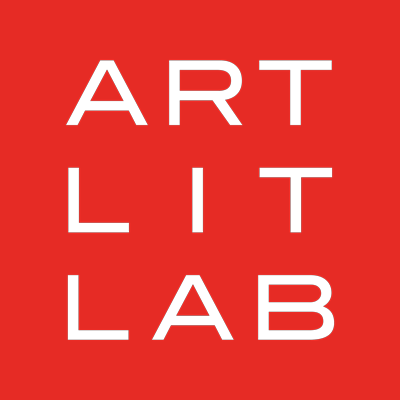Join us for the Underground Films, Underground series, presented by Mills Folly Microcinema at maiahaus (402 East Mifflin Street).
In June, Mills Folly Microcinema will present three screenings of Underground Films, Underground, a survey of historical expermental films projected on 16mm prints at a special location. The series is programmed by Erik Gunneson and James Kreul.
Underground Films, Underground 1987 will screen at maiahaus (402 East Mifflin Street) on Thursday, June 13 at 7:30 p.m. Admission is $10, and due to limited seating tickets must be purchased in advance at https://www.brownpapertickets.com/event/4261413.
By the mid-1980s, experimental filmmakers responded to the dominance and formal precision of structural film by focusing on more personal concerns and idiosyncratic techniques. These filmmakers blurred the lines between personal, political, and formal filmmaking. Film running time: 71 minutes. Program time: 2 hours.
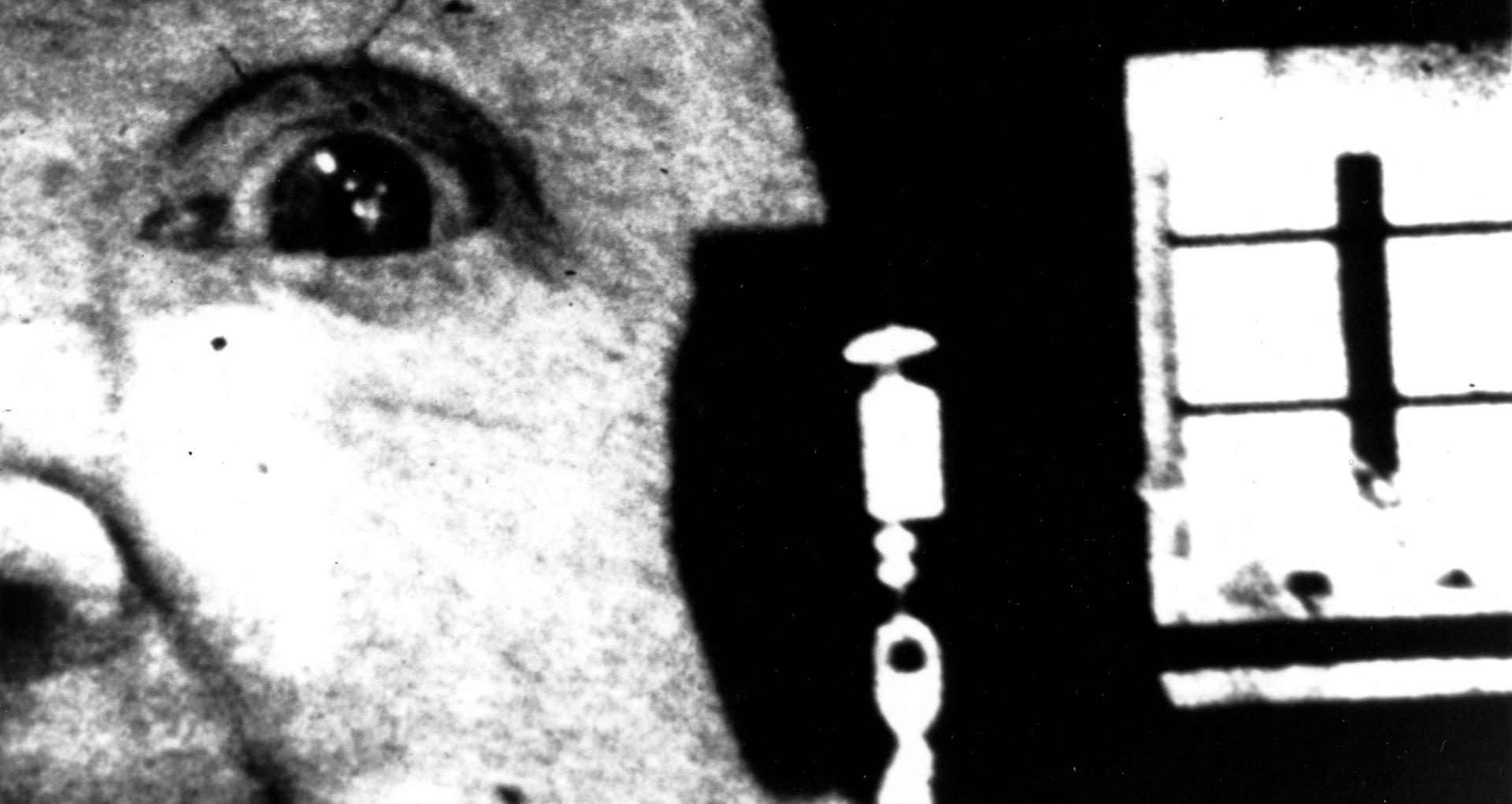
Optic Nerve | Barbara Hammer | 1985 | 17 minutes
Legendary filmmaker Barbara Hammer (1939-2019) passed away this past March, and in one of her last interviews published in Vanity Fair she was asked, “What are your thoughts on the gap, the spaces, between one’s public and private self?” Hammer replied, “Make them as small as possible. Try to avoid having any.”
Hammer explored all aspects of personal experience across the course of her long career, from her celebration of the body in Dyketacktics (1974) to her final multi-screen meditation on mortality, Evidentiary Bodies, currently on display in the Barbara Hammer: In This Body retrospective at the Wexner Center for the Arts in Ohio.
In the catalogue for the 1987 Whitney Biennial, John Hanhardt calls Hammer’s Optic Nerve, “a powerful personal reflection on family and aging. Hammer employs filmed footage which, through optical printing and editing, is layered and manipulated to create a compelling meditation on her visit to her grandmother in a nursing home. The sense of sight becomes a constantly evolving process of reseeing images retrieved from the past and fused into the eternal present of the projected image. Hammer has lent a new voice to the long tradition of personal meditation in the avant-garde of the American independent cinema."
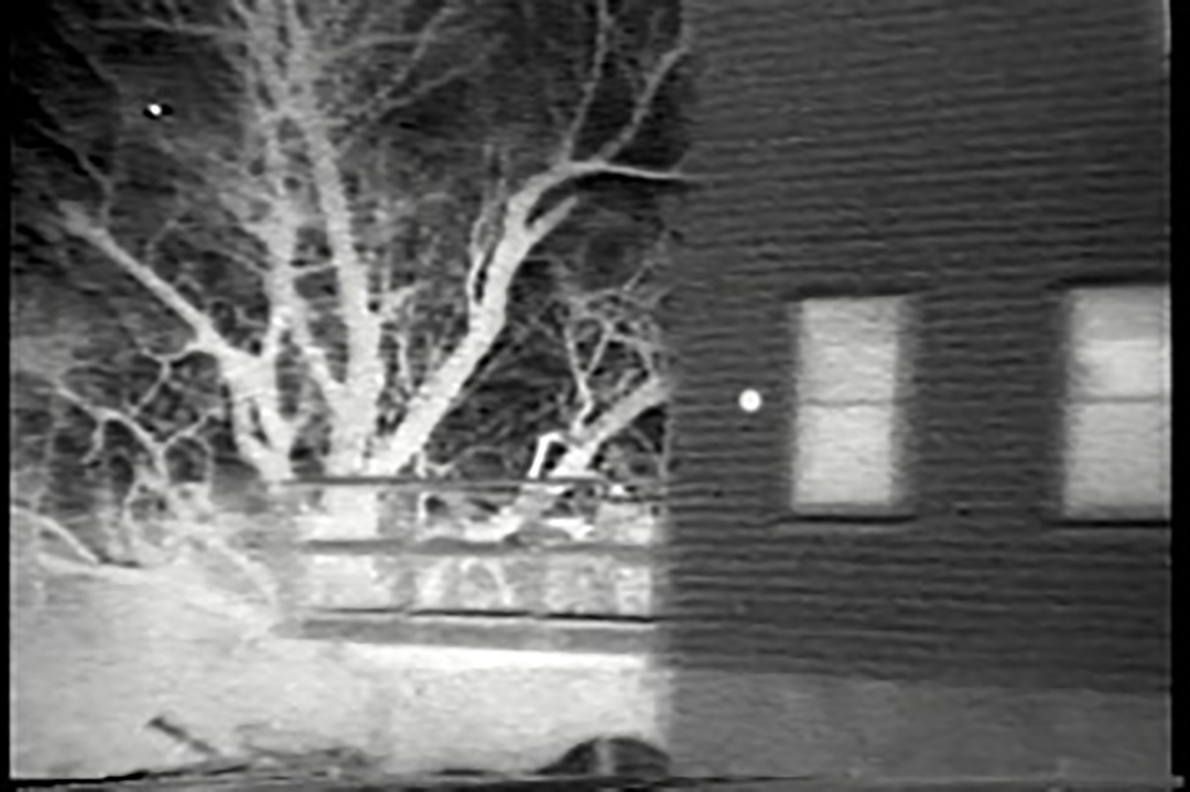
Department of the Interior | Nina Fonoroff |1986 | 9 minutes
Nina Fonoroff describes her filmmaking practice as “a hybrid of collage, painting, musical composition from sampled sound and cinema.” In Artweek, Mark Durant describes her 1986 film, Department of the Interior: “The film had the look of an animated Moholy-Nagy photogram in its silvery abstraction. The dramatic shifting of tones and sounds was disorienting and started me thinking of new approaches, not only for film but for perception in general."
On her website, Fonoroff describes her process for the film: “I had been thinking about the nature of ‘echo,’ as both an acoustical and visual phenomenon. I had hoped to defamiliarize material which seemed to adhere to the demand for wholeness. My aim was not to ‘represent’ or ‘express’ a particular state of mind or emotion, but to endeavor to generate a set of possibilities for new connections between sensory experience and the experience of meaning. ”
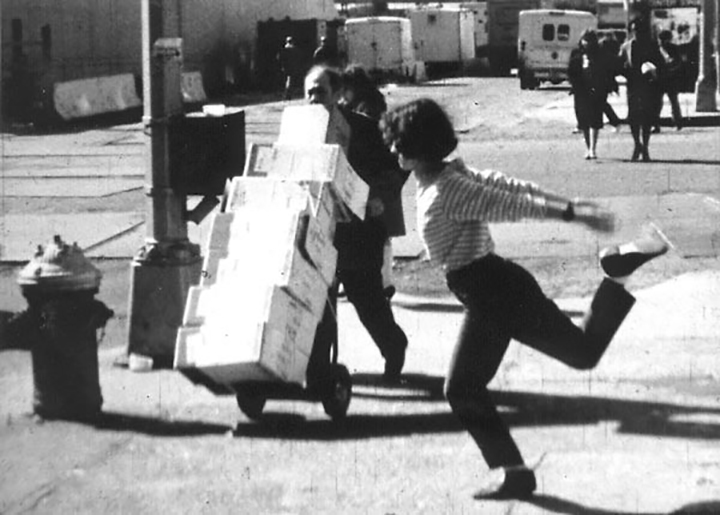
Money | Henry Hills | 1985 | 15 minutes
Writing about about Money by Henry Hills, Village Voice critic J. Hoberman concluded, “If time is money, this 15 minute film is a bargain.” Hills describes Money as “an historical document of the early days of ‘language poetry’ and the downtown improvised music scene.”
“A manic collage film from the mid-80s when it still seemed that Reaganism of the soul could be defeated. Filmed primarily on the streets of Manhattan for the ambient sounds and movements and occasional pedestrian interaction to create a rich tapestry of swirling colors and juxtaposed architectural spaces in deep focus and present the intense urban overflowing energy that is experience living here. Starring: John Zorn, Diane Ward, Carmen Vigil, Susie Timmons, Sally Silvers, Abigail Child, and many others.”
Henry Hills has been making dense, intensely rhythmic experimental films since 1975. A longtime resident of New York's East Village, he has ongoing working relationships with the L=A=N=G=U=A=G=E Poets, composer John Zorn, and choreographer Sally Silvers.

Her Fragrant Emulsion | Lewis Klahr | 1987 | 11 minutes
Lewis Klahr is known for his uniquely idiosyncratic films, which use found images and sound to explore the intersection of memory and history. Klahr's films have been included in the Whitney Biennial three times and have screened extensively in the United States, Europe and Asia. Klahr’s feature length series "Sixty Six" was included on New York Times critic Manohla Dargis’ 10 Best Films of the year list and screened at the UW-Cinematheque in 2016.
Klahr describes Her Fragrant Emulsion (1987) as “an obsessional homage to the 60's B-film actress Mimsy Farmer. The film's visceral collage images act as a metaphor for sensuality and move in and out of sync with the soundtrack to evoke the distancing and intimacy cycles that are common in love relationships.” Critic Manhola Dargis adds, “The original material has been cut into jagged vertical strips and the images look like animated strips of photo stills. The mutilated pictures seem to float side to side. They jostle the dirty leader for space, creating an internal montage in which they are read not only in succession but in tandem.”
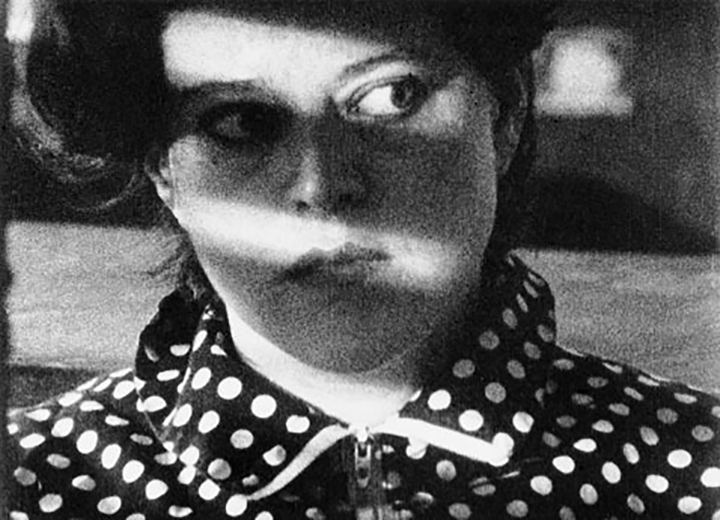
Mayhem | Abigail Child | 1987 | 20 minutes
Abigail Child has completed more than thirty film/video works & installations, and written 6 books including This is Called Moving: A Critical Poetics of Film (2005). An acknowledged pioneer in montage, Child addresses the interplay between sound and image, to make, in the words of LA Weekly: “brilliant exciting work…a vibrant political filmmaking that’s attentive to form.”
Child describes Mayhem as “perversely and equally inspired by de Sade's Justine and Vertov's sentences about the satiric detective advertisement, Mayhem is my attempt to create a film in which Sound is the Character and to do so focusing on sexuality and the erotic. Not so much to undo the entrapment (we fear what we desire; we desire what we fear), but to frame fate, show up the rotation, upset the common, and incline our contradictions toward satisfaction, albeit conscious.”
ABOUT MILLS FOLLY MICROCINEMA
Mills Folly Microcinema is programmed by James Kreul from Madison Film Forum. Mills Folly Microcinema showcases nationally recognized experimental film and video art work from the festival and microcinema circuit. We network with regional filmmakers and organizations to bring filmmakers and guest programmers to Madison for screenings. And we incubate local experimental filmmaking by providing screen time at at Project Projection events.
Mills Folly Microcinema is funded in part by a grant from the Madison Arts Commission, with additional funds from the Wisconsin Arts Board.
